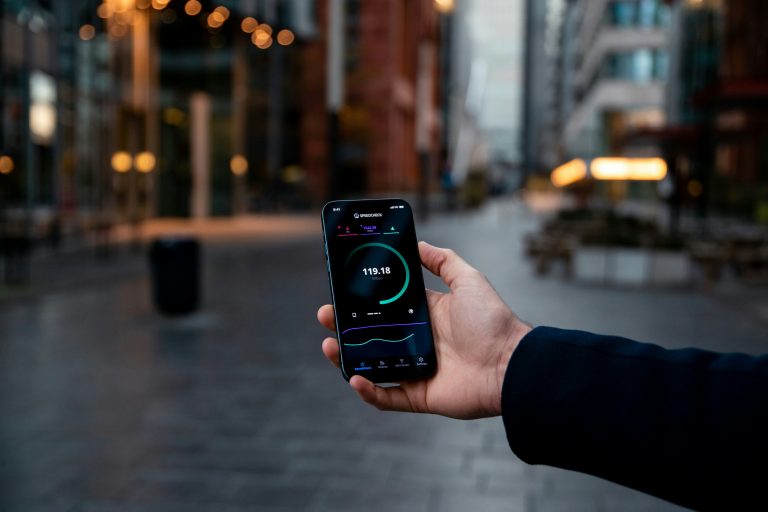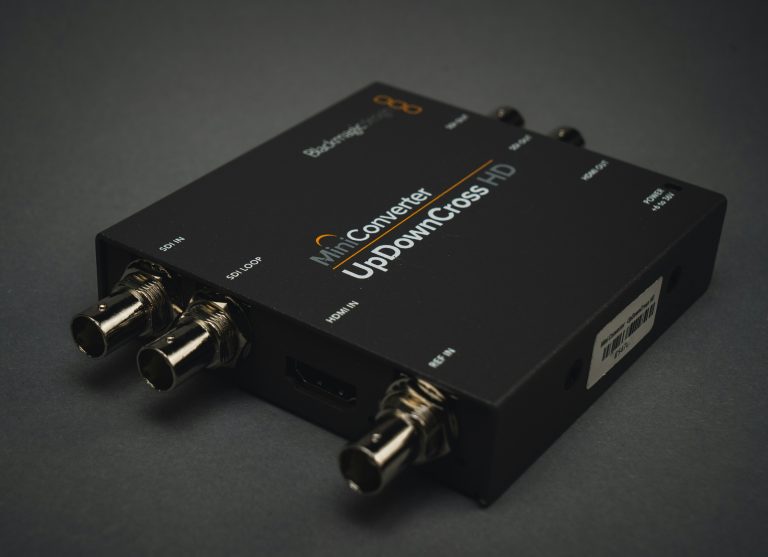Blockchain’s Role in Enhancing Online Security
2 What Is Blockchain? (Quick Recap)
Blockchain is a decentralized, immutable ledger that records transactions in a secure and transparent way. Each block of data is cryptographically linked to the previous one, making tampering extremely difficult.
Think: no central authority, no single point of failure, and high transparency.
3 How Blockchain Enhances Online Security
4 Data Integrity & Tamper-Proof Records
Once data is written to a blockchain, it can’t be altered without consensus.
This makes it ideal for securely storing:
1 Medical records
2 Legal contracts
3 Identity credentials
4 Audit trails
Great for environments where proof of authenticity is crucial.

5 Decentralized Identity (DID)
Blockchain enables self-sovereign identity—users control their own digital identity without relying on third parties.
Prevents:
1 Identity theft
2 Credential reuse
3 Mass data breaches (since data isn’t stored in a single central location)
Example: Use a blockchain wallet to prove who you are online without giving up your actual data.
6 Secure Authentication
1 Blockchain can replace or enhance traditional login methods.
2 Use cryptographic keys instead of passwords—no more phishing or password leaks.
3 Enables zero-knowledge proofs: prove you know something (like your age) without revealing the actual data.
7 Smart Contracts = Automated, Trustless Security
1 Smart contracts are self-executing pieces of code on a blockchain.
2 Can enforce rules automatically (e.g., payment only releases when conditions are met).
3 Removes the need to trust third parties, reducing fraud and disputes.
8 Supply Chain & Provenance Security
1 Blockchain can track products (medicines, electronics, food) through every step of the supply chain.
2 Verifies authenticity, prevents counterfeits, and ensures data hasn’t been tampered with.
“Is this medicine legit or a fake?” Blockchain says yes or no with a traceable history.

9 Cybersecurity Infrastructure
Projects are exploring decentralized DNS (Domain Name System) to prevent DNS spoofing and hijacking.
Can be used for:
1 Decentralized cloud storage
2 Securing IoT networks
3 Distributed key management
10 Real-World Use Cases
1 Civic & uPort – Blockchain-based digital identity solutions
2 IBM Food Trust – Supply chain transparency for food safety
3 Guardtime – Blockchain-secured health records
4 Helium Network – Decentralized wireless IoT infrastructure
11 Limitations & Considerations
1 Scalability: Public blockchains (like Ethereum) can be slow and expensive.
2 Privacy: Blockchain is transparent—confidential data must be encrypted or stored off-chain.
3 Regulation & Compliance: Legal frameworks are still catching up.
4 Complexity: Integration into legacy systems can be technically challenging.
12 Looking Forward: The Future of Blockchain Security
1 Interoperability between blockchains (cross-chain identity, security tokens)
2 Blockchain + AI for smarter anomaly detection and secure automation
3 More regulation-driven adoption in finance, healthcare, and identity management
4 Hybrid chains (public/private) for enterprise use
The Bottom Line
Blockchain isn’t a silver bullet, but it adds powerful new layers of trust, transparency, and tamper resistance to digital systems. When paired with traditional cybersecurity practices, blockchain can transform how we secure identity, transactions, and data across the internet.






